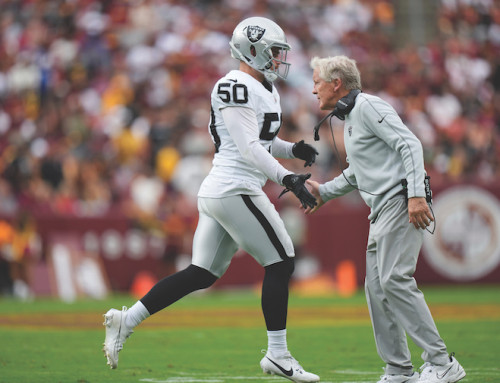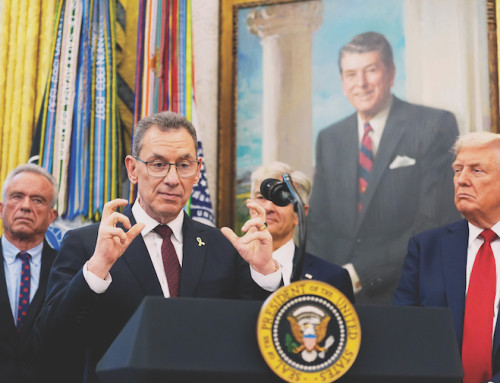VALHALLA, N.Y. (AP) — Pepsi has a new challenge: keeping products such as Gatorade and Cheetos vivid and colorful without the artificial dyes that consumers are increasingly rejecting.
PepsiCo, which also makes Doritos, Cap’n Crunch cereal, Funyuns and Mountain Dew, announced in April that it would accelerate a planned shift to using natural colors in its foods and beverages. Around 40 percent of its U.S. products now contain synthetic dyes, according to the company.
Just as it took decades for artificial colors to seep into PepsiCo’s products, removing them is likely to be a multiyear process. The company said it’s still finding new ingredients, testing consumers’ responses and waiting for the U.S. Food and Drug Administration to approve natural alternatives. PepsiCo hasn’t committed to meeting the Trump administration’s goal of phasing out
petroleum-based synthetic dyes by the end of 2026.
“We’re not going to launch a product that the consumer’s not going to enjoy,” said Chris Coleman, PepsiCo’s senior director for food research and development in North America. “We need to make sure the product is right.”
Coleman said it can take two or three years to shift a product from an artificial color to a natural one. PepsiCo has to identify a natural ingredient that will have a stable shelf life and not change a product’s flavor. Then it must ensure the availability of a safe and adequate supply. The company tests prototypes with researchers and panels of consumers, then makes sure the new formula won’t snag its manufacturing process. It also has to design new packaging.
Tostitos and Lay’s will be the first PepsiCo brands to make the shift, with naturally dyed tortilla and potato chips expected on store shelves later this year and naturally dyed dips due to be on sale early next year.
In its Frito-Lay food labs and test kitchens in Plano, Texas, PepsiCo is experimenting with ingredients such as paprika and turmeric to mimic the bright reds and oranges in products such as Flamin’ Hot Cheetos, Coleman said.
The company is looking at purple sweet potatoes and various types of carrots to color drinks such as Mountain Dew and Cherry 7Up, according to Damien Browne, the vice president of research and development for PepsiCo’s beverage division based in Valhalla, N.Y.
Getting the hue right is critical, since many consumers know products such as Gatorade by their color and not necessarily their name, Browne said.
“We eat with our eyes,” he said. “If you look at a plate of food, it’s generally the different kinds of colors that will tell you what you would like or not.”
PepsiCo said it started seeing a small segment of shoppers asking for products without artificial colors or flavors more than two decades ago. In 2002, it launched its Simply line of chips, which offer natural versions of products such as Doritos. A dye-free organic Gatorade came out in 2016.
“We’re looking for those little signals that will become humongous in the future,” Amanda Grzeda, PepsiCo’s senior director of global sensory and consumer experience, said of the company’s close attention to consumer preferences.
Grzeda said the whisper PepsiCo detected in the early 2000s has become a roar, fueled by social media and growing consumer interest in ingredients. More than half of the consumers PepsiCo spoke to for a recent internal study said they were trying to reduce their consumption of artificial dyes, Grzeda said.








